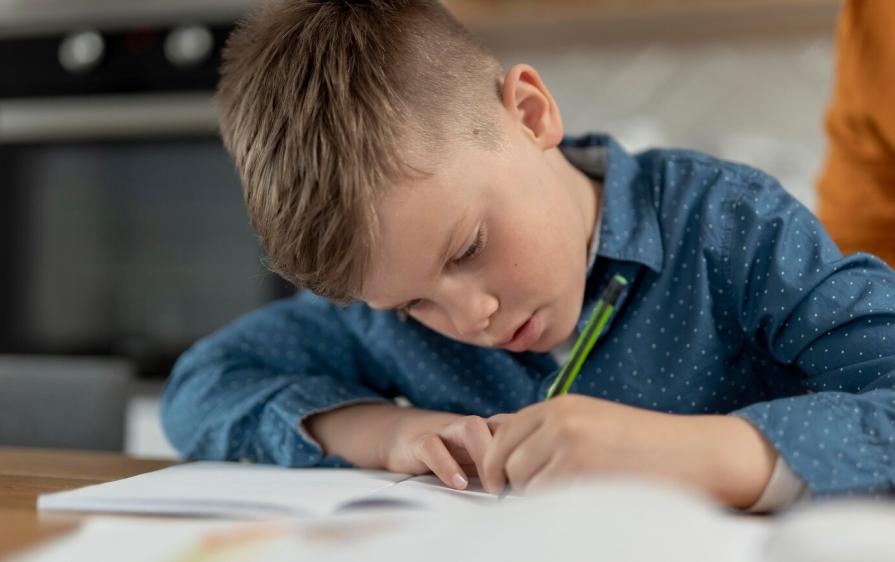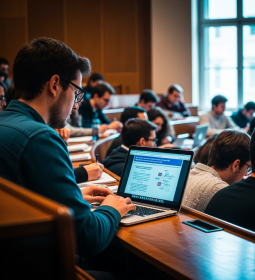Handwritten text seems to many representatives of the zoomer generation to be something already archaic and meaningless. Why, it would seem, waste time on a beautiful and legible font on paper at all, when you can quickly type it on the keyboard and design it in the desired style?! But the importance of handwritten text lies not just in its visual component, but in the processes, occuring due to in the human mind and nervous system.

What is happening there?
Experts from the fields of clinical and neuropsychology give seven examples of brain activity in the process of writing by hand:
- The work of several zones — visual, auditory, skin-kinesthetic, and vestibular — in the process of writing logical and grammatical phrases, which, for example, denote size (more/less) or location in space (lower/higher).
- Connection of semantic memory, which is activated in the process of selecting the right words and their correct form of writing.
- Development of the spatial factor for even and uniform writing of letters and lines of text.
- The work of the prefrontal parts of the brain to make a plan for the future text, for example, when we write an essay.
- Improvement of the work of the premotor parts of the cerebral cortex, which are responsible for the smoothness of movements and switching between them.
- The work of the lateral-temporal regions of the left hemisphere, when the text is written under the dictation of another person.
- Involvement of the subcortical parts of the brain, which regulate the consumption of the resource of performance when writing (for example, they track how hard a person presses on the hand and on paper when writing).
How does handwriting affect memory?
Experts say that during handwriting, all types of long-term memory are involved. Declarative memory, for example, helps to remember information and its logical coherence, and working memory controls the course of writing, what follows, what word should be next, etc. But it works in the same way for printed text! So here the difference in recording data dictated or copied from somewhere is almost zero.
What about the impact on the child's learning ability?
In this regard, handwritten texts are again overtaking printed texts, because they develop creativity, increase the level of awareness, and even reduce stress levels. This is due to the fact that the maximum number of brain zones that we wrote about above is involved in the work.

As a bonus to all this, while writing, the child's fine motor skills improve. By the way, you can support its development with other formats: from drawing to collecting origami. So if the child has problems with handwritten texts, then you can offer him at least such an alternative to typing on the keyboard to begin with. Well-developed fine motor skills also affect the child's learning ability - he becomes more diligent and receptive to voluminous materials from textbooks.
As a result
So far, scientists have not proven whether the impact of the transition to printed formats of education from the first grades is so terrible or not. But the fact that handwritten texts have a positive effect on the development of the brain of a young explorer of the world is a proven and scientifically proven fact that has remained relevant for many decades. So don't put your hands far away!













